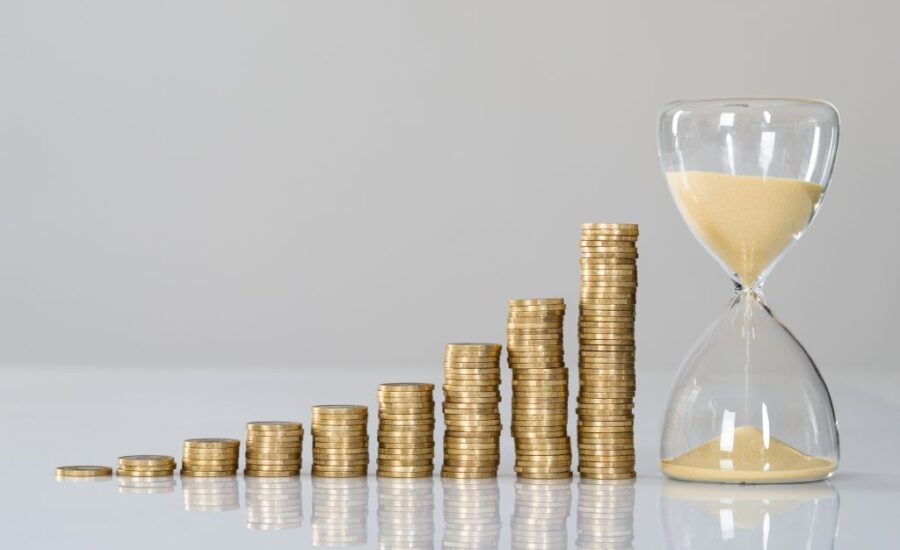Best way to invest RRIF money so it lasts
Step 1: Separate lifetime sources of income from investing sources of income
Advertisement
Step 1: Separate lifetime sources of income from investing sources of income

| Source of Income | Lifetime | From Investing Assets | Before Age 65 | After Age 65 | % of Total Income |
| Disability Pension | N | N | Y | N | |
| Husband CPP | Y | N | N | Y | Approx 45% |
| Alexis CPP | Y | N | N | Y | |
| Husband OAS | Y | N | N | Y | |
| Alexis OAS | Y | N | N | Y | |
| Alexis RRSP | N | Y | N | Y | Approx 55% |
| Alexis TFSA | N | Y | N | Y | |
| Husband RRSP | N | Y | N | Y | |
| Husband TFSA | N | Y | N | Y |
READ: Best way to allocate cash in a $1.4 million retirement portfolioThe next exercise is to map out your spending desires. What does your essential/basic spending amount to? Do you have a purchase coming up such as a car? What are your discretionary/flexible spending desires? This should generate a picture of how your income sources match with your desired spending pattern.
| Essential Spending | One-off Spending | Discretionary Spending |
| $ | $ | $ |
Share this article Share on Facebook Share on Twitter Share on Linkedin Share on Reddit Share on Email